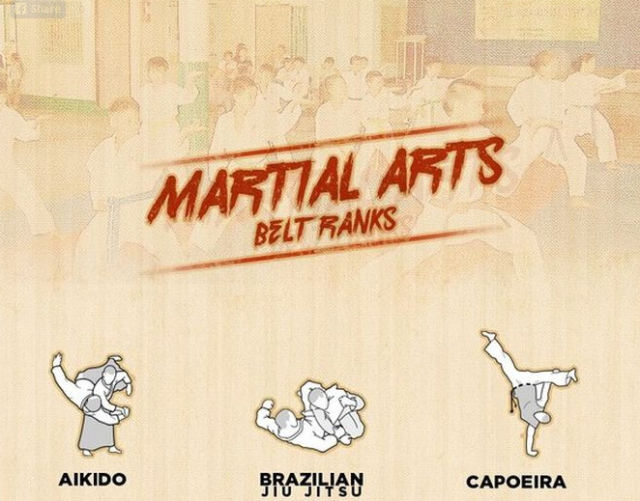The Growth And Historic Context Of Martial Arts Worldwide
The Growth And Historic Context Of Martial Arts Worldwide
Blog Article
Content Create By-Kaufman Liu
Martial arts have an interesting history that covers centuries and continents. You might discover it interesting just how ancient practices like Shuai Jiao and Kalaripayattu prepared for contemporary combat strategies. These techniques not only highlight physical abilities but additionally show the cultures that birthed them. As you discover their evolution, consider just how globalization has changed these standard forms into crossbreed styles. What influences do you think have formed today's martial arts landscape?
Ancient Martial arts: The Structures of Combat
As you delve into the globe of old martial arts, you'll find the abundant foundations that shaped battle methods across societies. Very early methods concentrated on Self-Defense and survival, often integrating strikes, grappling, and weapons.
In old China, for instance, methods like Shuai Jiao emphasized throws and joint locks, while India's Kalaripayattu showcased agility and fluid motion. Japanese samurai created Kenjutsu, a refined swordsmanship that highlighted technique and strategy.
These martial arts served not just for battle yet additionally as a way of individual development, instilling worths like respect and perseverance. The mixing of these methods in time laid the groundwork for the varied martial arts you see today, each reflecting the one-of-a-kind viewpoints and needs of its culture.
The Cultural Influence on Martial Arts Advancement
While martial arts commonly mirror the practical requirements of a culture, they additionally personify the social values and ideas of their origins. When you check out different martial arts, you'll notice how they're influenced by religious beliefs, approach, and social standards.
For example, the emphasis on respect and discipline in Japanese martial arts comes from Zen Buddhism and samurai culture. In contrast, Brazilian Jiu-Jitsu promotes versatility and strategy, shaped by the demand for efficiency in a varied, modern environment.
You could find that the rituals, uniforms, and training approaches mirror a neighborhood's background and identification. By recognizing these social influences, you strengthen your gratitude of martial arts and their role in shaping human experiences across the globe.
Modern Adaptations and the Globalization of Martial arts
Martial arts have actually changed significantly in recent decades, adjusting to contemporary culture and international influences. You'll notice that typical kinds have blended with modern techniques, producing hybrid styles like mixed martial arts. your domain name accommodate diverse target markets, making martial arts easily accessible and enticing around the world.
With the surge of social media sites and electronic platforms, you can find tutorials and competitions from all corners of the world, breaking geographical barriers. This globalization has actually caused a common recognition for various techniques, from Brazilian Jiu-Jitsu to Taekwondo.
As you involve with these arts, you'll understand they're not nearly fight; they advertise fitness, technique, and mental well-being.
Inevitably, contemporary adjustments have actually improved the martial arts landscape, making it a vibrant and advancing method.
Verdict
In exploring the history and advancement of martial arts, you discover a fascinating blend of strategies, cultures, and viewpoints. From old techniques like Shuai Jiao and Kalaripayattu to the contemporary flexibility seen in mixed martial arts, martial arts mirror humankind's quest for Self-Defense and individual development. As what is the averagecost of kids martial arts per month engage with these techniques, you not just get abilities however additionally a deeper gratitude for the diverse practices that shape our world today. So, proceed your journey and embrace the art of battle!
